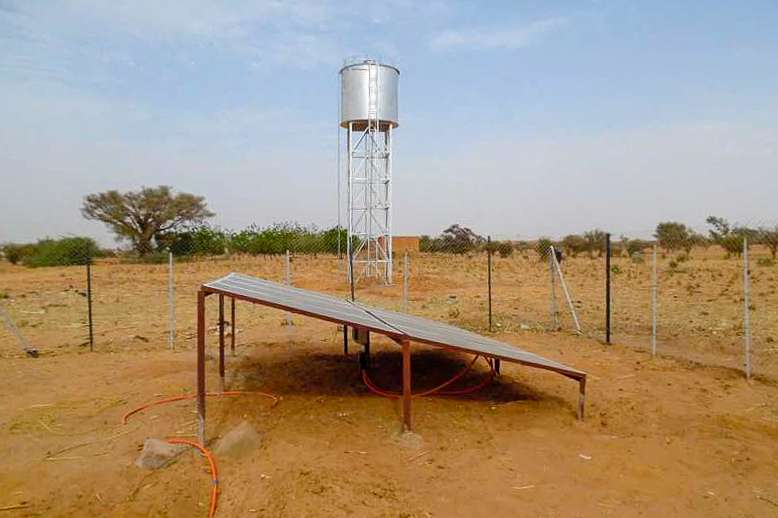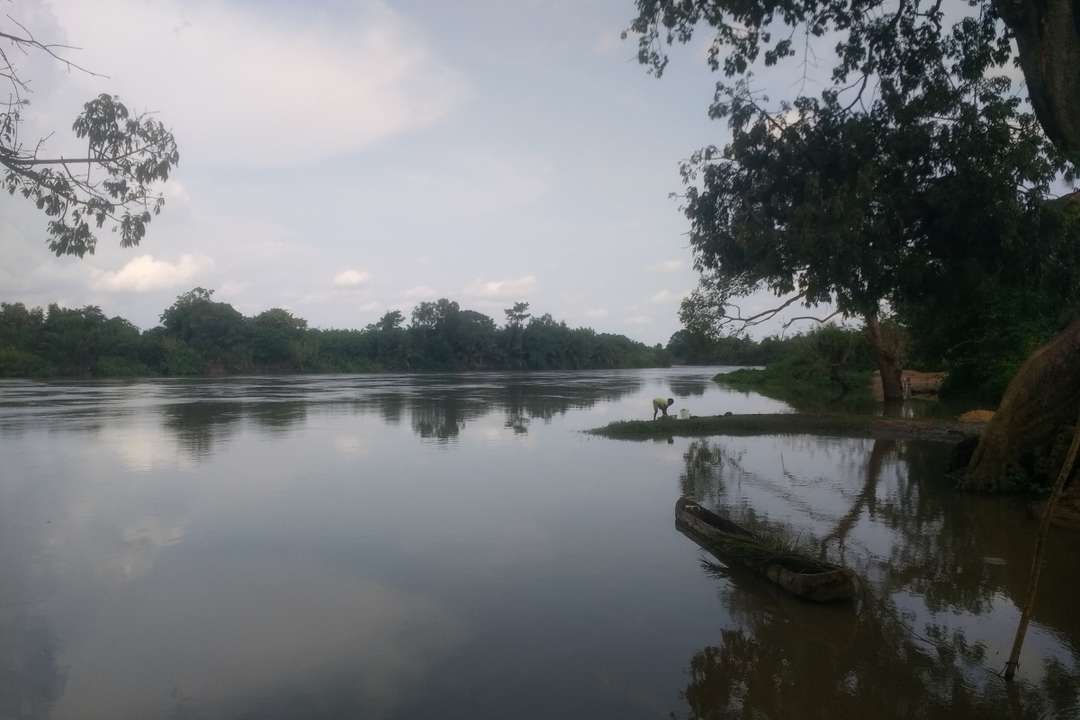September 2018
First article published
A new approach for assessing synergies of solar and wind power: implications for West Africa
Abstract
West African countries’ energy and climate policies show a pronounced focus on decarbonising power supply through renewable electricity (RE) generation. In particular, most West African states explicitly focus on hybrid mixes of variable renewable power sources – solar, wind and hydropower – in their targets for the electricity sector. Hydropower, the main current RE resource in West Africa, is strongly sensitive to monsoon rainfall variability, which has led to power crises in the past. Therefore, solar and wind power could play a stronger role in the future as countries move to power systems with high shares of RE. Considering the policy focus on diversified RE portfolios, there is a strong need to provide climate services for assessing how these resources could function together in a power mix. In this study, climate data from the state-of-the-art ERA5 reanalysis is used to assess the synergies of solar photovoltaic (PV) and wind power potential in West Africa at hourly resolution. A new metric, the stability coefficient C_stab, is developed to quantify the synergies of solar PV and wind power for achieving a balanced power output and limiting storage needs. Using this metric, it is demonstrated that there is potential for exploiting hybrid solar/wind power in a larger area of West Africa, covering more important centers of population and closer to existing grid structures, than would be suggested by average maps of solar and wind resource availability or capacity factor for the region. The results of this study highlight why multi-scale temporal synergies of power mixes should be considered in RE system planning from the start.


